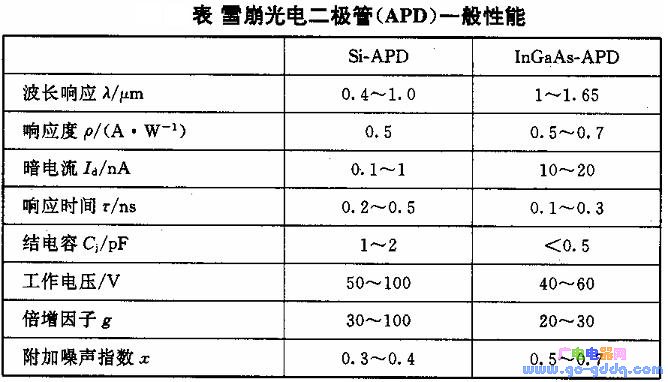Avalanche photodiodes (APDs) are known for their high current gain, exceptional sensitivity, and fast frequency response, with bandwidths reaching up to 100 GHz. As a result, they are currently considered the fastest responding photodiodes available. Their ability to detect weak radiation signals makes them widely used in applications such as optical communications, lidar systems, and scientific instrumentation.
When designing an avalanche photodiode, it is crucial to ensure uniform carrier multiplication across the entire photosensitive area. This requires the use of high-quality, defect-free materials, advanced fabrication processes, and smooth surface structures to minimize noise and improve performance.
However, APDs do have some disadvantages. The manufacturing process is highly complex and sensitive, requiring precise control over doping levels and electric field distribution. Additionally, their performance can be significantly affected by temperature variations, which may lead to changes in gain and dark current.
To maintain stable operation, thermal management is often necessary, especially in high-speed or high-precision applications. Despite these challenges, APDs remain a key component in many modern optoelectronic systems due to their superior performance characteristics.

Parallel groove clamps for bare neutral messenger and grounding Product information: Parallel groove clamp AL is designed to connect two parallel bare aluminum conduc- tors in low voltage cable line...
Parallel Groove Clamp,Suspension Clamp For Cable,Forging Hot-dip Galvanized Steel Parallel Groove,Parallel Groove Clamp For Aluminium
Shahe Yipeng Import and Export trading Co., LTD , https://www.yppolelinehardware.com